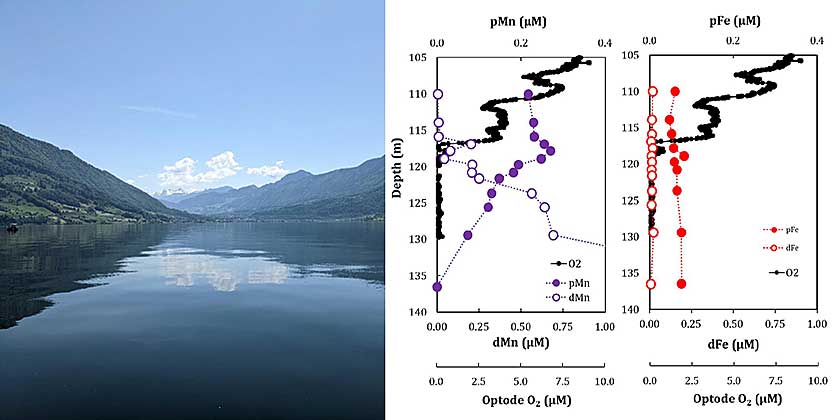Department Surface Waters - Research and Management
Biogeochemical cycling at oxic-anoxic boundaries

In the absence of oxygen, other elements such as iron and manganese are used in microbial respiration. This fundamentally ties the cycling of these metals to Earth’s major elements (carbon, oxygen, sulfur, nitrogen). This project will investigate the biogeochemical cycling of iron, manganese, and other trace elements, across the oxic-anoxic interface of Lake Zug using chemical, physical, and microbial techniques. Compared to other anoxic lakes, Lake Zug is unique based on its high manganese but low iron and sulfur concentrations, making it a particularly interesting study site.
Anoxic settings are found throughout the modern Earth, and were the major state of Earth’s waters through most of its history. Therefore, these anoxic settings not only allow unique environments for studying modern processes, but also act as analogs to study biogeochemical cycling through Earth’s history.
Another goal of this project is assessing how the chemical tracers we use to reconstruct major states of the Earth (metal abundance, stable isotopes, and speciation) are affected by anoxic conditions in Lake Zug and other anoxic lakes.
